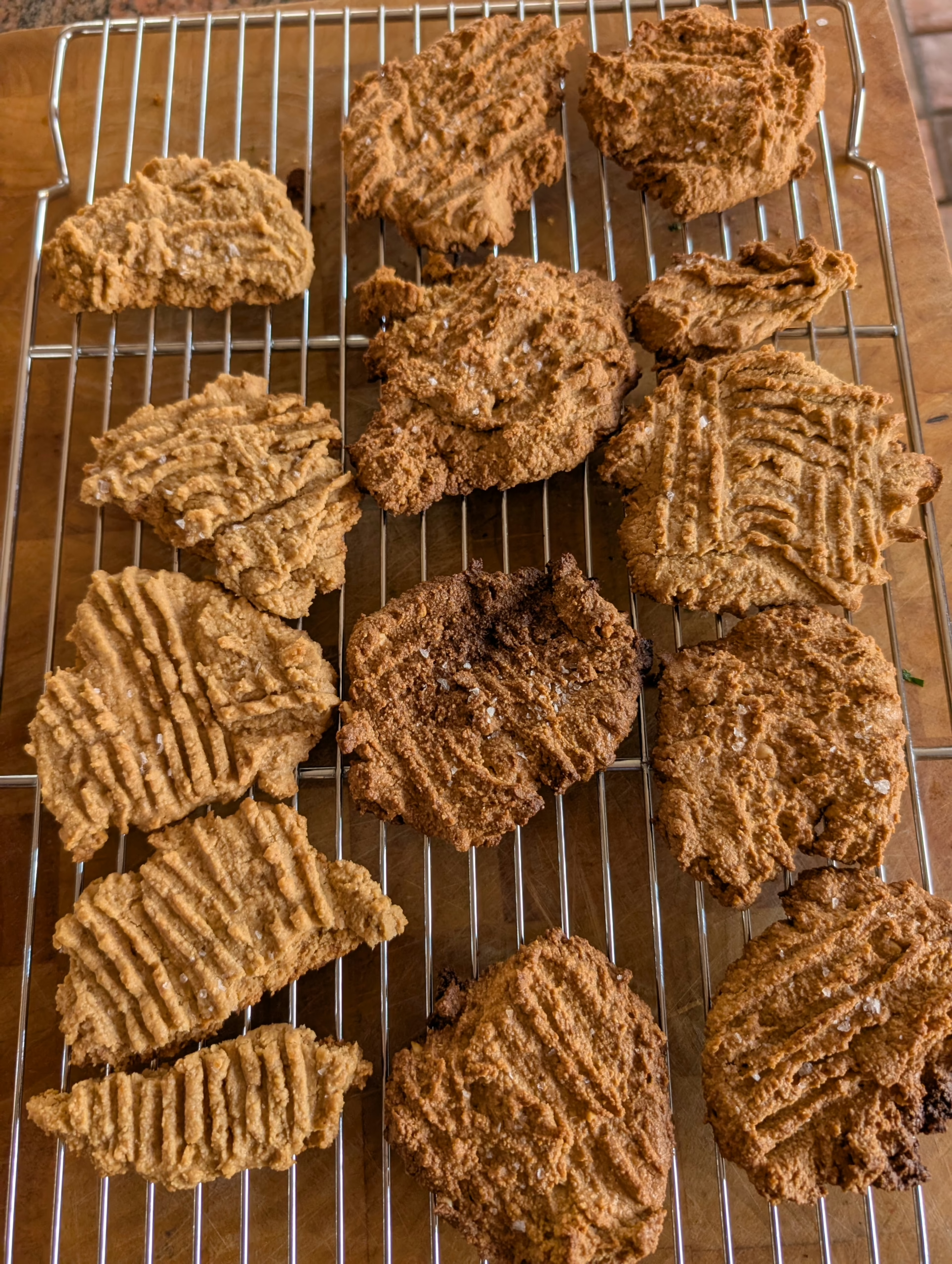In my quest to become a healthier person, I quickly discovered that honoring our natural circadian rhythm is one of the most beneficial things that you can do. The complex and fascinating internal processes that keep our bodies ticking like well-oiled machines govern much more than just our sleep-wake cycles; they influence our energy levels, hormone release, body temperature, and even our metabolism. Understanding and aligning with our circadian rhythm can lead to improved sleep, enhanced energy, and overall better health.
What is the Circadian Rhythm?
Circadian rhythm is a general term for the physical, mental, and behavioral changes that follow a roughly 24-hour cycle. Most living things exhibit a circadian rhythm. Our bodies have evolved to sync with the natural day-night cycle. Nearly every organ has its own circadian rhythm that is controlled by a complex biological clock.
The Biological Basis of Circadian Rhythm
At the heart of our circadian system is the suprachiasmatic nucleus (SCN), a group of neurons located in the hypothalamus of the brain. Often referred to as the “master clock,” the SCN receives direct input from the eyes, allowing it to synchronize with the external light-dark cycle. This synchronization is achieved through a complex interplay of genes and proteins that create a feedback loop, oscillating in an approximately 24-hour cycle.
Key Components of the Circadian System
- Genes and Proteins: Several core clock genes, such as CLOCK, BMAL1, PER, and CRY (You can see how all of these impact your specific Circadian Rhythm by using SelfDecode), work together to create the circadian oscillation. These genes are expressed and then repressed in a cyclic manner, driving the rhythmic activity of the SCN and, ultimately, the entire body.
- Neural and Hormonal Signals: The SCN communicates with the rest of the body through neural and hormonal signals. It connects to various brain regions, including the pineal gland, which secretes the hormone melatonin in response to darkness. Melatonin helps regulate sleep-wake cycles and has powerful antioxidant and anti-inflammatory properties.
- Peripheral Clocks: Almost every cell in the body contains peripheral clocks, which are synchronized by the SCN but can also be influenced by local cues, such as feeding times or physical activity. These peripheral clocks regulate a wide range of physiological processes, including metabolism, immune function, and cell repair.
Types of “Clocks”
Circadian rhythm can be categorized into several types of “clocks”, each governing different aspects of our physiology and behavior:
- Sleep-Wake Cycle: Perhaps the most well-known component of circadian rhythm, this cycle regulates our sleep patterns, with most people experiencing a period of sleepiness at night and alertness during the day.
- Body Temperature: Our core body temperature follows a circadian pattern, typically peaking in the late afternoon and reaching its lowest point a few hours before wake time.
- Hormone Release: Many hormones, including melatonin, cortisol, insulin and growth hormone, are secreted in a circadian manner.
- Metabolic Processes: Our metabolism, including glucose and lipid metabolism, is regulated by circadian rhythm as well as appetite and energy expenditure.
- Organ Function: Various organs, including the liver, heart, and lungs, exhibit circadian variations in function. For example, heart rate and blood pressure follow daily patterns.
Factors Affecting Circadian Rhythm
Several internal and external factors can influence our circadian rhythm, including:
- Light: The primary driver for our circadian system, light helps synchronize our internal clock with the external environment. Both natural and artificial light sources can impact our circadian rhythm, with blue light having the strongest effect.
- Melatonin: often referred to as the “hormone of darkness,” melatonin is secreted by the pineal gland in response to darkness and helps promote sleep onset. Exogenous melatonin supplements can also influence circadian rhythm, often used to treat jet lag or shift work disorder.
- Feeding Times: Food intake can act as a modulator for peripheral clocks, particularly in the liver and pancreas. Consistent meal times can help reinforce circadian rhythm, while irregular eating patterns may disrupt them.
- Physical Activity: Exercise can influence circadian rhythm, with regular physical activity helping to synchronize peripheral clocks and promote better sleep.
- Aging and Health Status: Circadian rhythm can change with age and may be disrupted in various health conditions, such as obesity, diabetes, and neurodegenerative diseases.
By understanding the complex workings of our circadian system, we can better appreciate the importance of maintaining synchronization with our internal clocks.
Why Adhering to Circadian Rhythm is Important
- Sleep Quality: Aligning with your circadian rhythm promotes better sleep quality, helping you fall asleep faster, deepen your sleep, and wake up feeling refreshed.
- Energy Levels: When your body is in sync with its natural rhythm, you’ll experience more stable energy levels throughout the day, reducing fatigue and increasing productivity.
- Hormone Regulation: Circadian rhythm influences the release of hormones that are responsible for sleep, stress, and blood sugar regulation. Disrupting these rhythms can lead to imbalances, contributing to various health issues.
- Metabolism and Weight Management: Your body’s internal clock regulates metabolism and appetite. Misalignment can lead to weight gain, obesity, and metabolic disorders.
- Mental Health: Circadian disruptions have been linked to mood disorders, depression, and anxiety. Maintaining a healthy rhythm can support better mental health.
How to Align Lifestyle Habits with Circadian Rhythm
Now that we have a solid understanding of what circadian rhythm are and why they matter, let’s explore how to align our lives with these natural cycles to optimize our health, energy, and overall well-being. Here are some practical tips to help you live in harmony with your body’s internal clock.
Establish a Consistent Sleep Schedule
Maintaining a regular sleep-wake cycle is crucial for reinforcing your circadian rhythm. Aim to:
- Go to bed and wake up at the same time every day, even on weekends. This helps train your body to expect sleep at a specific time.
- Prioritize getting enough sleep. Most adults need 7-9 hours of sleep per night for optimal health and functioning.
- Engage in calming activities before bed, such as reading, taking a warm bath, or practicing relaxation exercises. Avoid stimulating activities and screens.
Maximize Light Exposure
Light is the primary cue for your circadian system, so make the most of it:
- Spend time outdoors daily, especially in the morning. Natural light helps synchronize your internal clock and promotes alertness.
- Let natural light into your workspace or home during the day. If you’re unable to get outside, sitting by a window can also be beneficial.
- In the evening, minimize exposure to artificial light, particularly blue light emitted by electronics. Consider using blue light-blocking glasses or installing apps that reduce blue light emission.
Time Your Meals
Consistent meal times can help reinforce your circadian rhythm and support better metabolism:
- Eat breakfast about 90 minutes after waking up to kickstart your metabolism and provide your body with the energy it needs to start the day.
- Try to eat meals at the same time each day. Focus on nutrient-dense foods that support overall health.
- Try to finish eating 2-3 hours before bedtime to allow your body to digest food and transition into a state of rest.
Exercise Regularly
Physical activity can help synchronize your peripheral clocks and promote better sleep:
- Aim for at least 30 minutes of moderate-intensity exercise most days of the week. Focus on activities you enjoy doing.
- Time your workouts strategically: exercising in the morning or early afternoon can help reinforce your circadian rhythm, while evening workouts may interfere with sleep for some people.
- Listen to your body and adjust the intensity and timing of your workouts as needed, especially if you’re feeling fatigued or unwell.
Practice Stress Management
Chronic stress can disrupt your circadian rhythm, so make stress reduction a priority:
- Incorporate relaxation techniques into your daily routine, such as deep breathing, meditation, or progressive muscle relaxation.
- Engage in hobbies and activities that bring you joy and help you unwind, such as reading, painting, or spending time in nature.
- Maintain strong social connections, as social support can buffer the effects of stress on your body and mind.
Limit Caffeine and Alcohol
Both substances (especially late in the day) can interfere with sleep quality and disrupt your internal clock:
- Limit caffeine consumption, especially in the late afternoon and evening. Remember that caffeine can stay in your system for up to 8 hours.
- Be mindful of alcohol consumption, as it can fragment sleep and lead to poorer sleep quality. If you choose to drink alcohol, do so in moderation and avoid drinking close to bedtime.
Create a Sleep-Conducive Environment
Your sleep environment plays a significant role in the quality of your rest:
- Keep your bedroom cool, dark, and quiet. The ideal sleep temperature is typically between 60-67°F (15-19°C).
- Invest in a comfortable mattress and pillows that support your preferred sleep position.
- Use earplugs, an eye mask, or a white noise machine if needed to block out disturbances and create a more peaceful sleep environment.
Be Mindful of Jet Lag and Shift Work
Traveling across time zones or working irregular hours can disrupt your circadian rhythm:
- If you’re a frequent traveler, try to adjust your sleep schedule gradually before your trip, and use light exposure and melatonin supplements strategically to help your body adapt to the new time zone.
- For shift workers, prioritize consistent sleep schedules, create a dark, quiet sleep environment, and consider using melatonin or caffeine strategically to promote alertness and sleep.
Listen to Your Body
Pay attention to your body’s natural cues and rhythms:
- Some people may feel more alert and productive in the morning, while others peak in the evening. Embrace your sleep chronotype and structure your schedule accordingly, when possible.
- If you feel tired, rest. Pushing through fatigue can lead to further disruption of your circadian rhythm and negatively impact your health.
By aligning your lifestyle habits with your circadian rhythm, you’ll likely experience improved sleep, sustained energy, and enhanced overall health. Embrace the natural ebb and flow of your body’s internal clock, and let it guide you to a more balanced, harmonious life.




